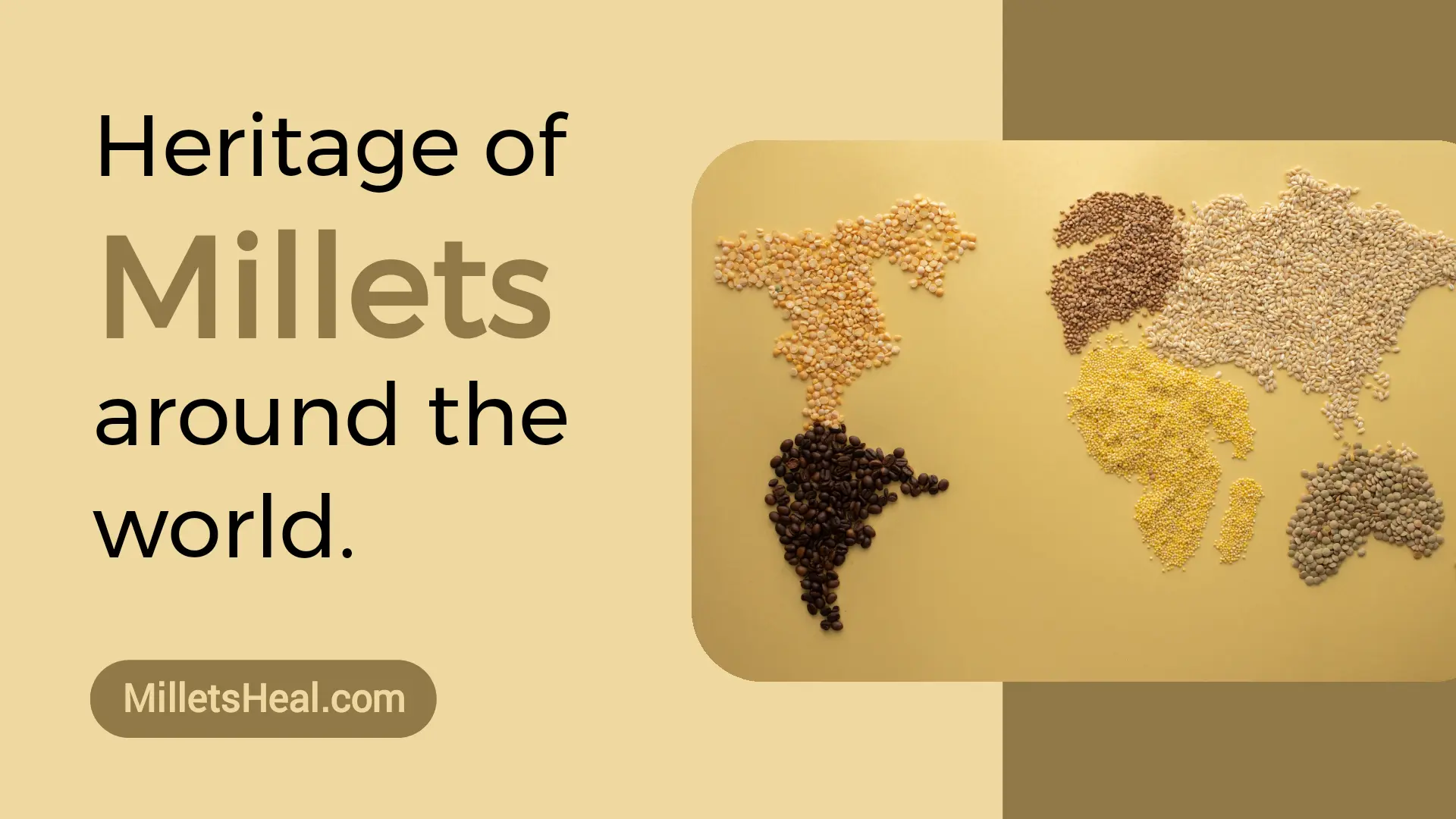In today’s world, where health and sustainability are becoming increasingly important, it is crucial to pay attention to our dietary choices.
One such grain that has gained significant attention for its nutritional benefits and eco-friendly characteristics is millet.
Millets have been consumed for centuries in various parts of the world, and their culinary heritage is rich and diverse.
In this blog post, we will explore the culinary heritage of millets worldwide and discover the unique flavors and traditions associated with this underrated grain.
Millets: A Brief Overview
Before delving into the culinary heritage of millets, let’s understand what millets are.
Millets are small-seeded, drought-tolerant grains that belong to the Poaceae family. They are gluten-free and rich in nutrients such as fiber, protein, and essential minerals.
Millets come in various varieties, including pearl millet, foxtail millet, finger millet, and many more.
Millets in African Cuisine
Millets have been a staple food in many African countries for centuries. In countries like Nigeria, Niger, and Mali, pearl millet is widely consumed.
It is used to make a popular porridge called fura. In Ethiopia and Eritrea, teff, a tiny grain belonging to the millet family, is the key ingredient in injera, a traditional flatbread central to their cuisine.
The sourdough preparation of injera gives it a unique flavor and texture.
Millets in Indian Cuisine
India is a country known for its diverse culinary traditions, and millets play a significant role in many regional cuisines.
In the southern states of Karnataka and Tamil Nadu, pearl millet (known as bajra) and finger millet (known as ragi) are widely consumed.
These millets are used to make traditional dishes like ragi mudde (finger millet dumplings) and bajra roti (pearl millet flatbread).
Bajra is a cornerstone of the local cuisine in the western state of Rajasthan. Bajra roti served with ghee (clarified butter), garlic chutney, and spicy curries is a delightful combination.
In northern India, foxtail millet (known as kangni) is used to make khichdi, a comforting one-pot meal. Millet-based sweets like ragi malt and Kambu Koozh are also popular across the country.
Millets in Asian Cuisine
Millets have been a part of Asian cuisines for centuries, particularly in China, Korea, and Japan.
In China, foxtail millet is used in a variety of dishes like congee (rice porridge) and steamed millet cakes.
In Korea, millets are often used in combination with rice to make nutritious rice dishes like japgokbap.
In Japan, a variety of millet called “kibi” or “awa” is used to make traditional alcoholic beverages like sake and amazake.
Additionally, hie, a type of millet, is used in traditional desserts, particularly during festivals and celebrations.
Millets in Western Cuisine
While millets might not be as prominent in Western cuisine, they are gradually gaining recognition for their health benefits.
Many health-conscious individuals are incorporating millets into their diets as a gluten-free alternative.
In the United States, millet is used in salads, pilafs, and even as a substitute for rice in sushi rolls.
Millets as a Sustainable Solution
In addition to their culinary heritage, millets also offer a sustainable solution to many global challenges.
Millets are known for their resilience, requiring minimal water and fertilizer compared to other grains.
They also have a short growing season, which makes them adaptable to challenging environmental conditions.
By incorporating millet into our diets, we can contribute to sustainable agriculture and reduce the carbon footprint associated with food production.
Conclusion
Exploring the culinary heritage of millets around the world unveils a rich tapestry of flavors, traditions, and nutritional benefits.
From the porridges of Africa to the flatbreads of India and the traditional offerings of Asia, millets have played a significant role in the cuisines of countless cultures.
As we strive for healthier and more sustainable dietary choices, embracing millet can be a step toward a better future.
So, let’s celebrate the culinary heritage of millets and embark on a journey to discover the diverse and delicious possibilities they offer.
